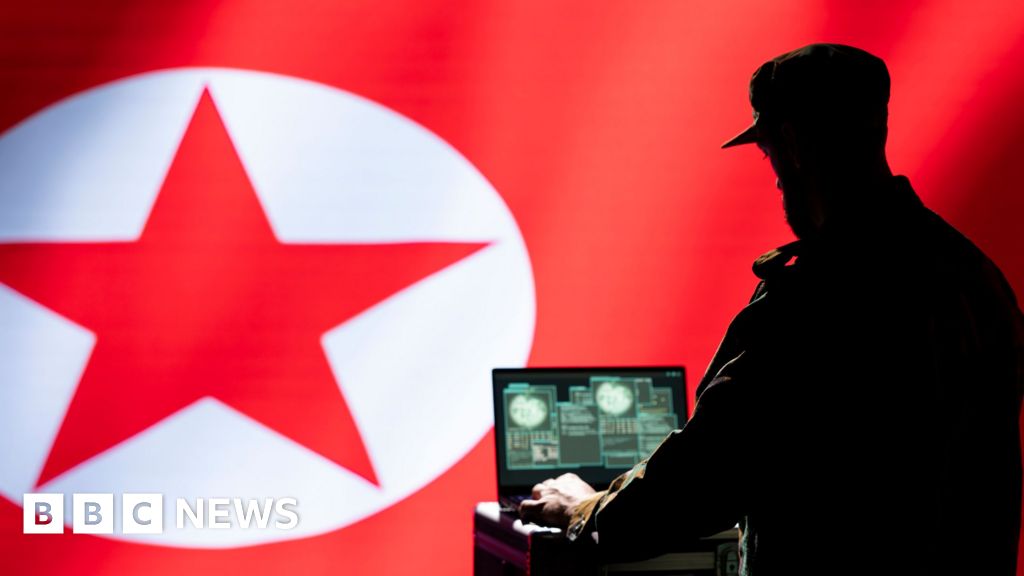U.S. and China Reach Significant Tariff Agreement Amid Ongoing Trade Tensions

On Monday, officials from the United States and China announced a crucial development in their ongoing trade relations, revealing a deal to significantly reduce most of their recently imposed tariffs. This agreement also calls for a 90-day pause in their escalating trade war, which has raised concerns about broader implications for the global economy. Stock markets reacted positively to this news, reflecting the optimism that accompanied this unexpected step back from a potentially damaging trade clash.
U.S. Trade Representative Jamieson Greer confirmed the agreement during a news conference held in Geneva. As part of the deal, the United States will roll back its exorbitant 145 percent tariff rate on Chinese goods by an impressive 115 percentage points, bringing it down to a more manageable 30 percent. In parallel, China has agreed to lower its own tariff rate on U.S. imports by the same amount, reducing it to 10 percent. This reciprocal action signals a newfound willingness from both nations to de-escalate tensions.
Greer, alongside Treasury Secretary Scott Bessent, shared details of the tariff reductions during their briefing after two days of intense negotiations. Bessent emphasized that without this agreement, the high tariff levels would have resulted in a complete blockage of trade between the two economic giants. “The consensus from both delegations this weekend is that neither side wants a decoupling,” he remarked, highlighting a mutual desire to maintain economic ties.
Further reinforcing this sentiment, China’s Commerce Ministry issued a statement noting that the two sides had agreed to eliminate 91 percent of tariffs on each other’s goods while suspending an additional 24 percent of tariffs for the next 90 days. This substantial reduction brings the total decrease to an impressive 115 percentage points. The Ministry characterized the agreement as a critical step toward resolving the ongoing trade disputes, expressing hope that the U.S. would cease what it referred to as the “erroneous practice of unilateral tariff hikes.”
This marked occasion represents the first face-to-face meeting between top economic officials from the two nations since the trade war escalated significantly. The United States had previously imposed a 145 percent tariff on Chinese goods, while China retaliated with a 125 percent levy. Such high tariffs have effectively stifled business transactions between the world’s two largest economies, raising alarms globally.
In response to this positive news, financial markets reacted with enthusiasm. Futures for the S&P 500 surged by 2.6 percent, while the Dow Jones Industrial Average climbed by 2 percent. Additionally, oil prices soared by more than $1.60 per barrel, and the U.S. dollar strengthened against both the euro and the Japanese yen, indicating a broad recovery sentiment among investors.
However, amid the optimism, there were expressions of caution from business leaders. Jens Eskelund, president of the European Union Chamber of Commerce in China, welcomed the positive news but highlighted the temporary nature of the agreement. He noted that tariffs are only suspended for 90 days, creating uncertainty about the long-term implications. In his statement, Eskelund emphasized, “Businesses need predictability to maintain normal operations and make investment decisions.” He urged both sides to continue dialogue to resolve their differences and avoid further measures that could disrupt global trade.
The backdrop to this agreement is a complex web of economic tensions that have escalated, particularly under the Trump administration. Last month, Trump had raised U.S. tariffs on Chinese imports to a staggering combined rate of 145 percent, prompting China to retaliate with a 125 percent levy on American goods. Such high tariffs essentially amount to a boycott of each other’s products, significantly disrupting a trade relationship that exceeded $660 billion last year.
The Trump administration’s tariff strategies have not only targeted China but have also extended to multiple countries worldwide. However, the friction with China has been particularly intense. Notably, Trump's import taxes include a 20 percent charge aimed at pressuring Beijing to take more decisive action against the flow of the synthetic opioid fentanyl into the United States. Collectively, the tariffs imposed during Trump's tenure mean that some Chinese goods face tariffs that exceed a daunting 145 percent, further complicating the trade landscape.




























